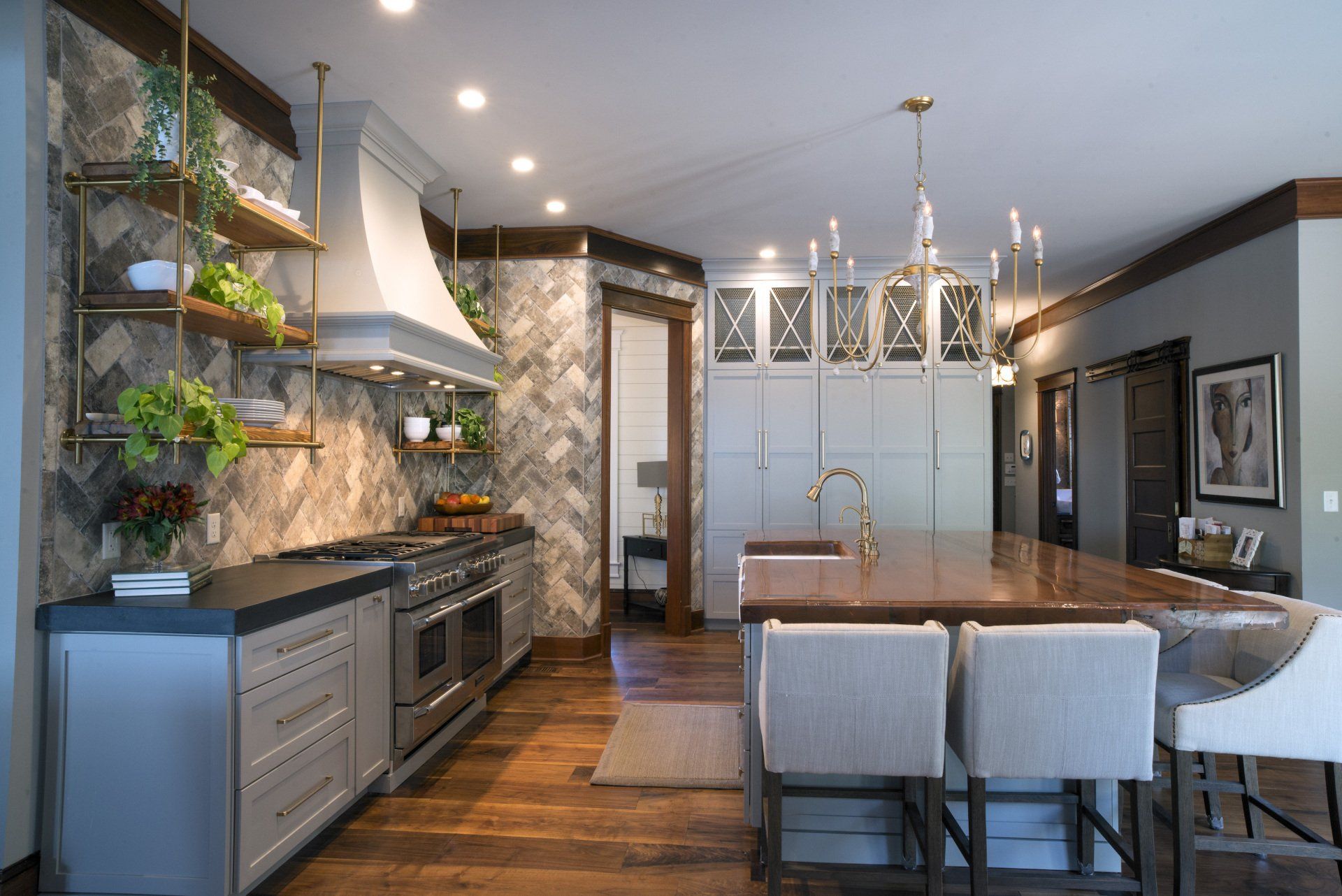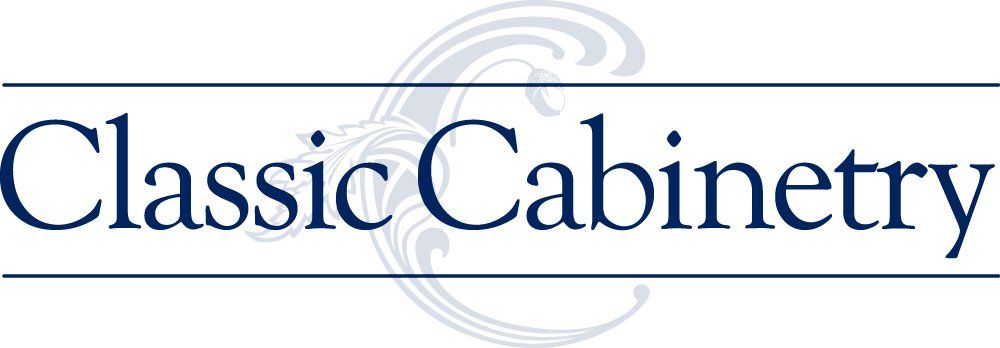In our bustling kitchen showroom, homeowners in Chattanooga arrive brimming with inspiration for their ideal kitchen. After months of independent research, scrolling through Instagram, Houzz, and other social media platforms, as well as observing the ups and downs of home improvement TV shows, they often enter with a firm checklist of "must-haves" for their dream kitchen.
But here's where the seasoned expertise of our professional showroom designers comes into play. We don't just accept these "must-haves" at face value. We delve deeper, questioning their practicality within the unique space and lifestyle of our clients. We understand that a dream kitchen isn't just about following trends—it's about crafting a space that genuinely caters to your needs.
For instance, it's common for homeowners in Chattanooga to envision their kitchen cabinets soaring up to the ceiling. While this design choice can be perfect in some cases, others struggle to visualize how these cabinets will be utilized, especially when they're beyond the reach of family members. Are they meant for storing rarely used items like fine china and glassware, or should alternative designs be considered to achieve both form and function?
Islands, undoubtedly, are among the most sought-after kitchen features among homeowners in Chattanooga. However, two critical aspects require attention. First, is there ample room for an island, and if so, what are the optimal dimensions? We caution against oversized or oddly shaped islands that may disrupt traffic flow and hinder workspace efficiency. Balancing style with functionality is key here—bigger isn't always better in the world of kitchen islands.
Then there are the often-forgotten appliances and features that deserve a second thought. Pot racks, pot fillers, and countertop appliances like bread makers, rice cookers, and sandwich presses might seem appealing initially, but they can quickly contribute to countertop clutter if seldom used.
Oversized workstation sinks are another feature that warrants careful consideration. While they can be invaluable in compact kitchen spaces where the sink doubles as a prep area, homeowners who desire such sinks must think about accessory storage, including colanders, dish racks, cutting boards, and more.
For those who seek a personal design statement, detailed mosaic backsplashes are an artistic choice that can serve as a kitchen's focal point. Yet, it's important to acknowledge that mosaic backsplashes often demand more maintenance.
In a well-designed kitchen, the focus is on addressing the unique needs and lifestyles of homeowners in Chattanooga. Features that seldom see use or offer limited functionality tend to be those influenced by passing trends. They may not align with the practical requirements of everyday meal preparation and daily activities in your dream kitchen.
So, the question remains: how can you design a kitchen that not only serves your practical needs but also makes a distinctive personal statement? Give us a call at 423-266-0077 or make an appointment to visit our showroom either in person at 2601 Broad St. Let us guide you in creating a kitchen that not only stands the test of time, but also becomes the envy of your neighborhood.





